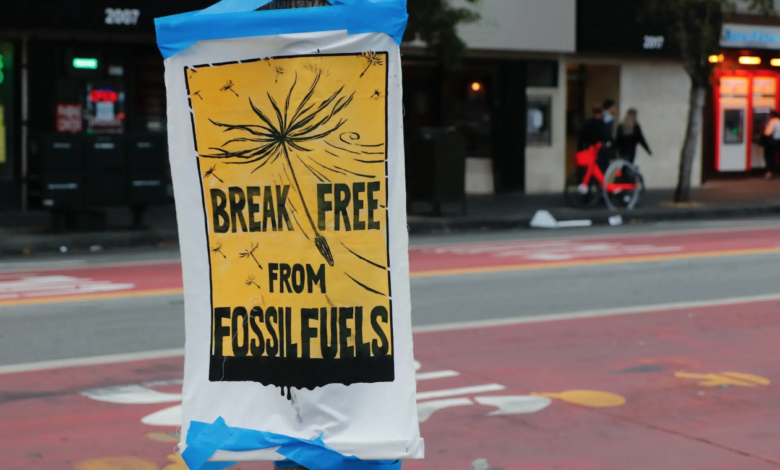Fossil Companies Must Take Peak Oil & Gas Demand Seriously

The latest Carbon Tracker Initiative report
The best way to survive for fossil companies? Do not be dazzled by the high prices of hydrocarbons post-Covid and carefully plan, but quickly, the abandonment of gas and oil. The risk, otherwise, is to find yourself with a business model that is not suitable to navigate the transition. Already in a few years. The beacon to follow is the time horizon of the peak demand for oil & gas, which is expected by 2030.
The bonanza of crude oil and fossil gas that is characterizing the post-pandemic period is more a temptation than a real opportunity. Fossil companies are forced to reinvest the copious revenues of these years, multiplied by the increase in prices, in new mining projects. But by the end of the decade, the decline in demand will be shocking against prices. The stronger the more new projects will be put into operation. And for developing countries, the risk is that they become no longer economically viable, resulting in a loss of investment.
How to deal with the peak demand for oil & gas?
Framing the best strategies for fossil companies between now and 2030 is the latest report of the Carbon Tracker Initiative. The starting point is the forecasts of the International Energy Agency (IEA): the peak of demand for oil & gas will come before the end of the decade. For oil, it will go from the current over 100 million barrels per day (bpd) to 92.5 million bpd in 2030 and then again to 54.8 million bpd in 2050, if governments respect the commitments already made. With demand declining, the impact of falling commodity prices on the net present value (NPV) of corporate portfolios “could be significant, even for fields in production,” the report explains. While the impact on planned projects that have yet to go into production “is probably even higher”.
read also Oil demand: record 2023 but electric vehicles gnaw at growth
One of the possible solutions is to orient your business model to meet short-term demand, mainly from shale production, which can be developed more quickly and also run out quickly. The criteria for calibrating investments without risking burning them should be a breakeven price, for shale projects, of 50 dollars a barrel, and for conventional extraction projects of 20 dollars a barrel.





